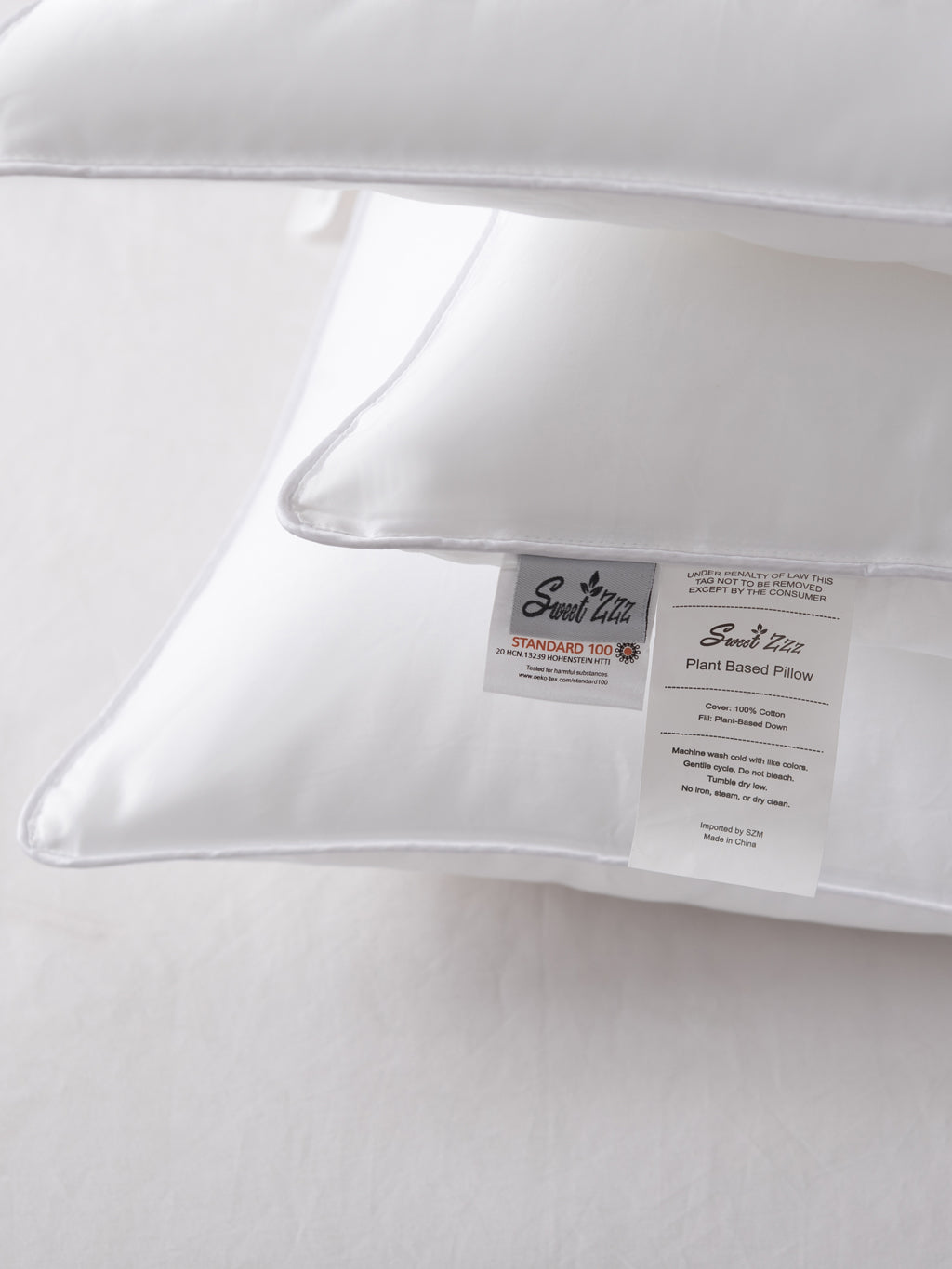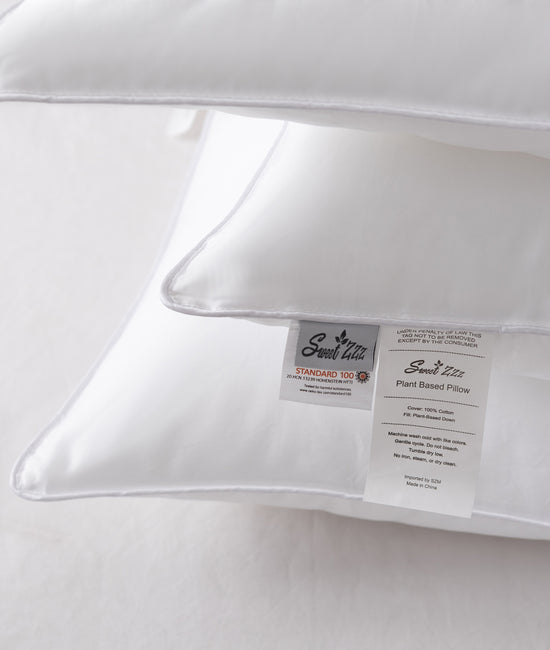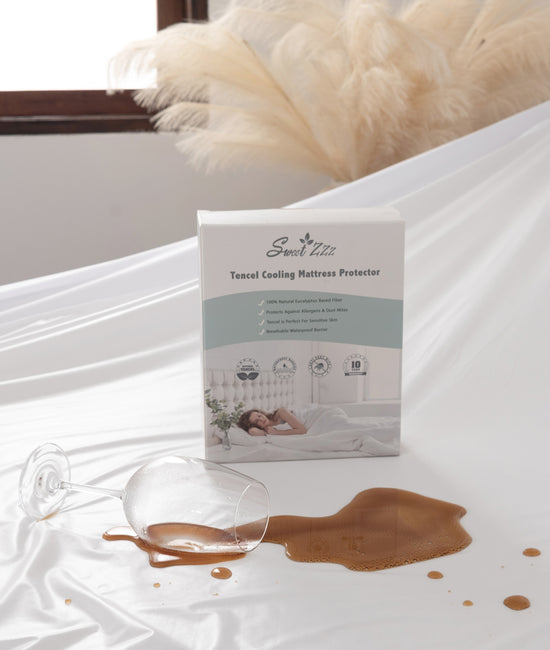ADHD and Sleep: Why Your Brain Won’t Turn Off at Night (And What to Do About It)
You’re tired. You want to sleep. But your brain has other plans.
Suddenly, you’re replaying a conversation from five days ago… making a grocery list… wondering if penguins have knees… and now it’s 2 a.m.
If you have ADHD, this scene probably feels all too familiar. Even when your body’s ready to rest, your mind keeps flipping tabs like a browser in overdrive.
So why does this happen—and more importantly, what can you do about it?
Why ADHD and Sleep Don’t Mix Well (At First)

People with ADHD often struggle with sleep—not just falling asleep, but staying asleep and feeling rested in the morning. Here's why:
🧠 Mental Hyperactivity: Your brain stays active long after your body slows down, especially at night when there are fewer distractions.
⏰ Delayed Melatonin Production: Studies show that people with ADHD produce melatonin later than others, meaning they naturally feel sleepy much later. (Source: Sleep Foundation)
🎧 Sensory Sensitivities: Noises, lights, textures—what seems minor to others can feel overwhelming, making it hard to settle down.
😵💫 Emotional Dysregulation: Stress and overstimulation from the day don’t always “shut off” at bedtime.
7 ADHD-Friendly Sleep Strategies That Actually Work
Let’s be real: “just turn your brain off” doesn’t work. But these simple, ADHD-specific tips can help you work with your brain instead of against it.
1. Do a “Brain Dump” Before Bed

Spend 5 minutes writing down every random thought or task racing through your mind. It gives your brain permission to relax, knowing it’s all captured somewhere.
✨ Bonus: Add one line of gratitude to end on a calming note.
2. Use Low-Stimulation Lighting 1 Hour Before Bed

Swap harsh overhead lights for dim, warm lamps or even red-toned light bulbs. This helps cue your brain to slow down and boosts natural melatonin production.
3. Try Novelty Routines to Make Bedtime Fun

Boring routines don’t stick. Create a bedtime ritual that feels novel: a unique playlist, a favorite scent, a 2-minute bedtime story podcast.
✨ ADHD brains love dopamine—so use that to your advantage.
4. Create a Sensory-Safe Sleep Environment
Textures matter. Itchy sheets, loud pillows, or synthetic fabrics can keep your body on high alert.
✅ Use Sweet Zzz Bamboo Sheets—they’re buttery-soft, breathable, and gentle for sensitive sleepers.
✅ Pair with the Sweet Zzz Plant Based Pillow for plush neck support without overheating.
5. Try Weighted Pressure (Without Overheating)
Weighted blankets can be calming—but they can also be hot. Choose a breathable, lighter-weight option if traditional ones feel smothering.
✨ Even a heavy comforter or hugging a pillow can offer that grounding effect.
6. Stick to a Wake Time (More Than a Bedtime)

ADHD brains resist “bedtime,” but are more likely to respond to a consistent wake-up time. This helps regulate your body clock without the bedtime power struggle.
⏰ Even if you sleep late, wake up at the same time and your brain will start syncing naturally.
7. Limit “Screen Dopamine” at Night

Scrolling gives your brain little dopamine hits—exactly what keeps it buzzing. Try replacing your late-night screen time with something else that’s visual but calming: a lava lamp, a puzzle, or flipping through a relaxing book.
Final Thoughts: Sleep Isn’t Out of Reach—Even for a Racing Mind
ADHD makes sleep harder, but not impossible. When you understand what your brain needs—a little stimulation, sensory comfort, and a sense of control—you can finally create a nighttime routine that works for you.
At Sweet Zzz, we believe every brain deserves deep, restorative rest. That’s why we design sleep products that are gentle, non-toxic, and naturally supportive—to help you relax without having to fight your own mind.
Because your brain may be busy—but your bed should be peaceful.









